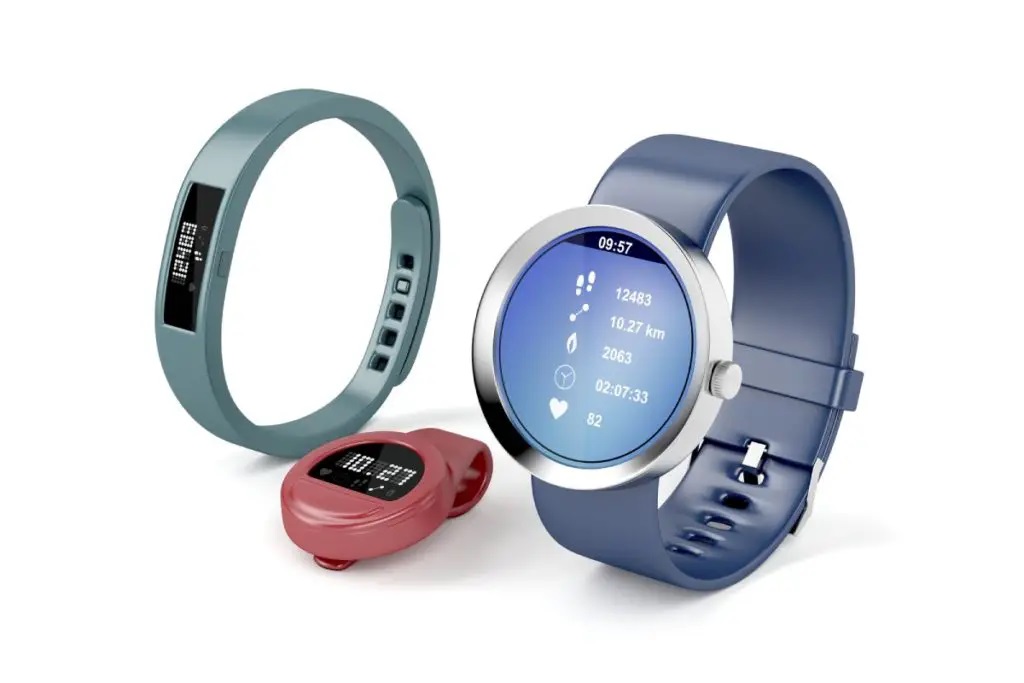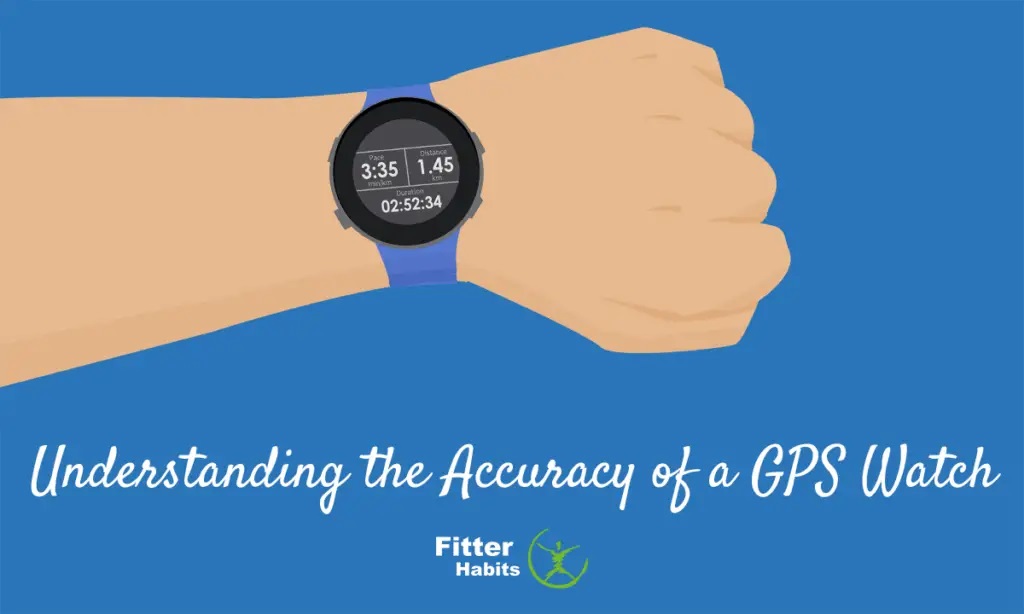Have you heard about issues with GPS watch accuracy? Let’s take a look and what you should consider if you’re in the market for a new GPS tracking unit.
Contents
Why Runners Use GPS Watches

Most runners love keeping track of their stats, whether they’re trying to increase their average pace or trying to up the number of miles they manage to squeeze in each week. A GPS-running watch is a wearable GPS-tracking device that uses a satellite signal to precisely provide real-time data.
Easier to run with than an iPhone, GPS watches are known as the gold standard in the running community. Many GPS units also function as stopwatches, heart rate monitors, and more.
When runners rely on these devices for training insights (not to mention to keep track of where they parked), it’s important that GPS systems are accurate. Unfortunately, there’s an issue with many GPS devices that’s causing inaccurate data reporting.
GPS Watch Inaccuracy: What’s Going on?

Most GPS devices use the Sony GPS chipset, renowned in the GPS community for its long battery life. Devices that utilize the Sony GPS chipset are currently affected by an issue that may cause data inaccuracy.
Usually, GPS devices receive a file the helps the device quickly find a nearby satellite. Usually, these files are received every few days. Many devices receive these files each time they sync to a phone or computer.
Right now, the data file that’s being sent to many GPS devices isn’t correct.
Affected devices include:
- Garmin watches (such as the Garmin Forerunner and Garmin Fenix)
- Strava devices
- TomTom devices
- DC Rainmaker by Garmin
- Pedometer devices (such as footpods)
- Suunto GPS trackers
- Coros GPS technology devices
- Apple watches
- Glonass running watches
- Stryd devices
Many runners are finding that while the GPS signal is connecting, the accuracy is off. If a runner goes out for a three-mile run, their GPS tracker may show that they were out for a three-mile run, however, it may show that they ran a few hundred meters away from their actual course.
This means runners aren’t getting real-world data, which can be especially frustrating for those who have shelled out hundreds for an accurate GPS tracking device.
Solving the GPS Technology Problem: What You Can Do to Fix Your Running Watch
Good news: in most cases, your GPS device will correct itself throughout your workout, as it connects to more satellites. This correction may happen more quickly if you have a clear view of the sky and are working out away from tall buildings.
A simple way to correct the issue can be to turn on your GPS data device and let it sit outside to record an hour-long workout, then restart your GPS receiver to track your actual workout. Simply delete the initial hour-long workout. This hour will give your GPS track device plenty of time to calibrate with satellites and correctly record your location.
Garmin and other companies are working to figure out exactly how to correct the problem. Right now, experts believe that simply correcting the files should be enough to solve the problem. In time, your GPS device should return to normal, without having to allow extra calibration time before your workout.
Final Word on GPS Watch Accuracy

Many runners are experiencing issues with their GPS trackers, and experts believe that these issues are due to incorrect files that have been sent directly to the GPS devices. Thankfully, companies like Garmin believe that these issues will be corrected as new files are released to the devices.
In the meantime, runners may want to “record” workouts for an hour or so before they actually set out to run, giving their watches time to calibrate with nearby satellites.
FAQs on GPS Watch Accuracy
My Garmin watch isn’t working correctly. Why?
It’s likely that your Garmin watch has a faulty file that’s causing it to struggle to connect to nearby satellites.
What can I do to recalibrate my Garmin watch or other GPS tracker?
You can turn your watch on about an hour before your workout and let it run, tracking your location. Delete the workout, then begin recording your actual workout.



